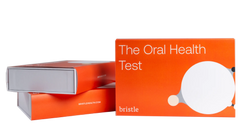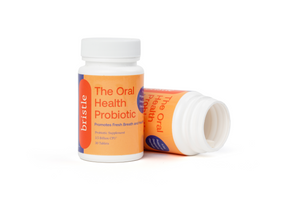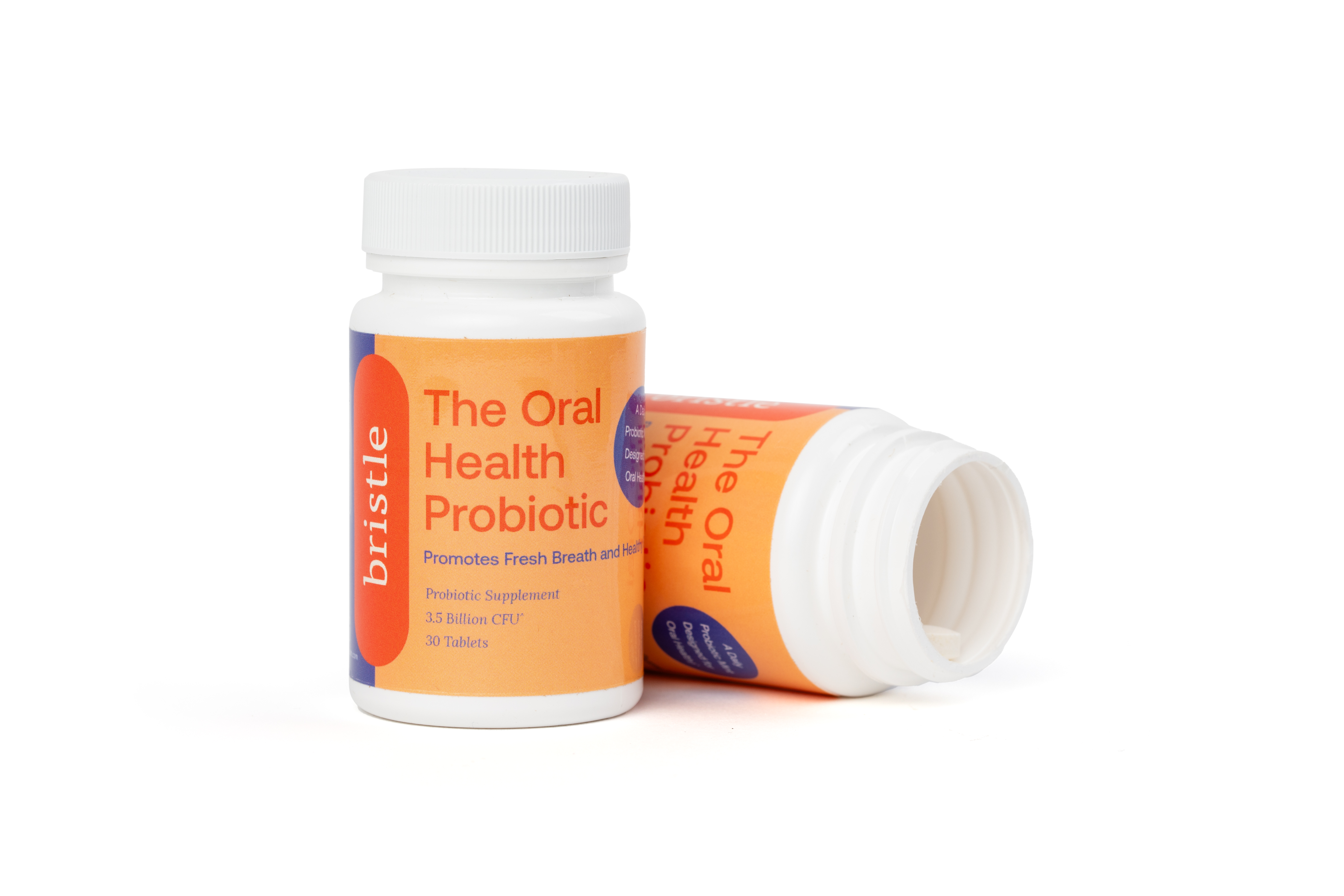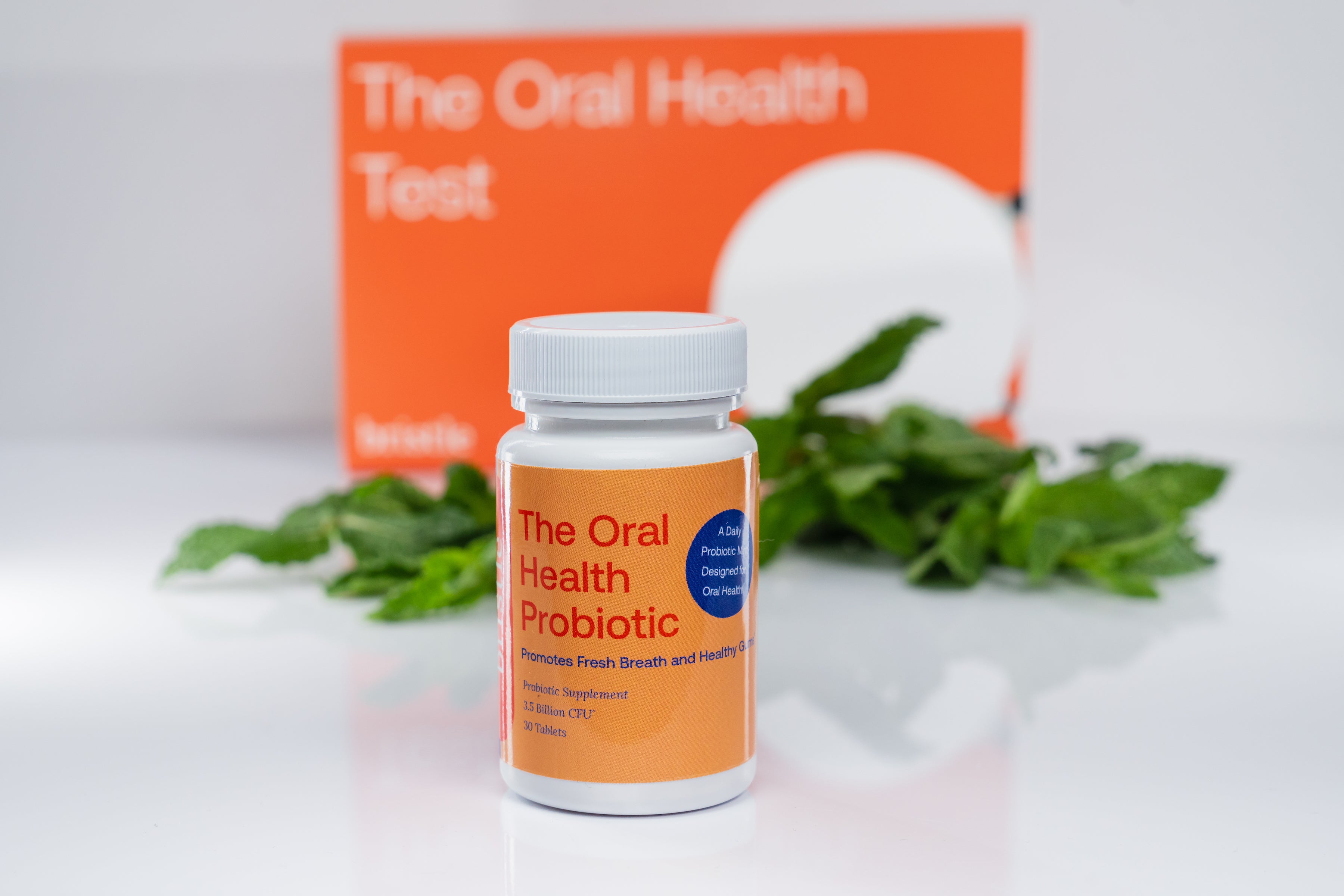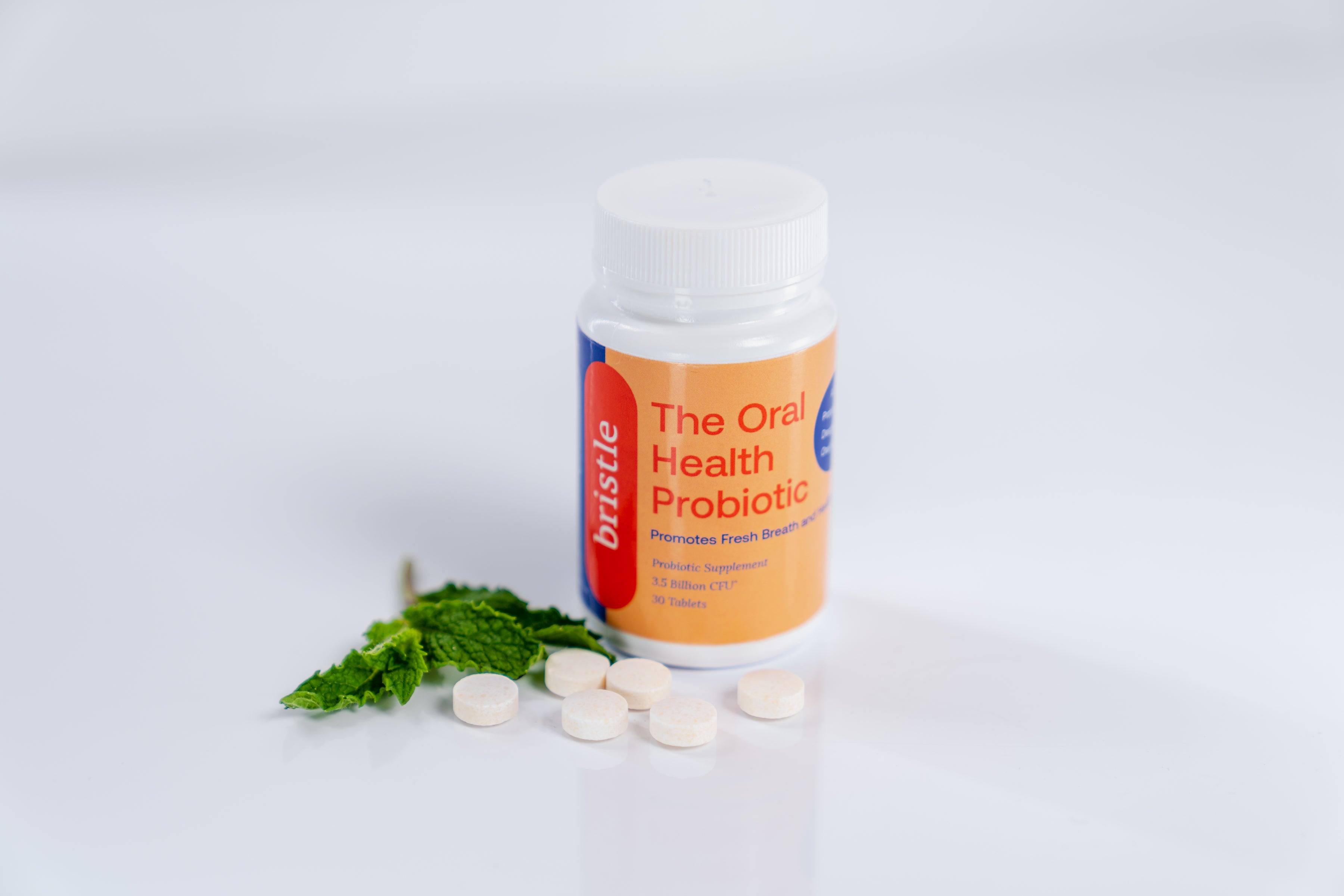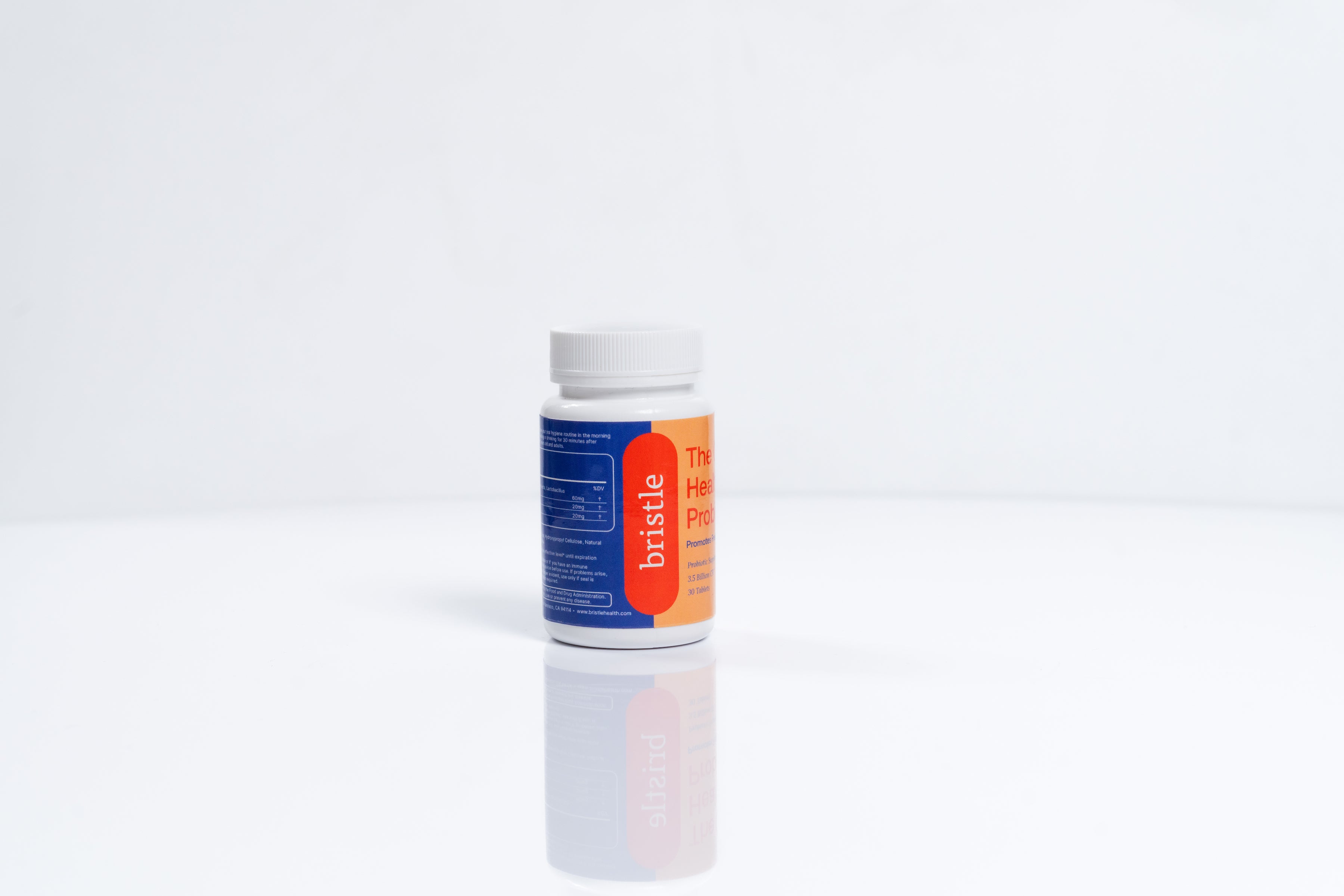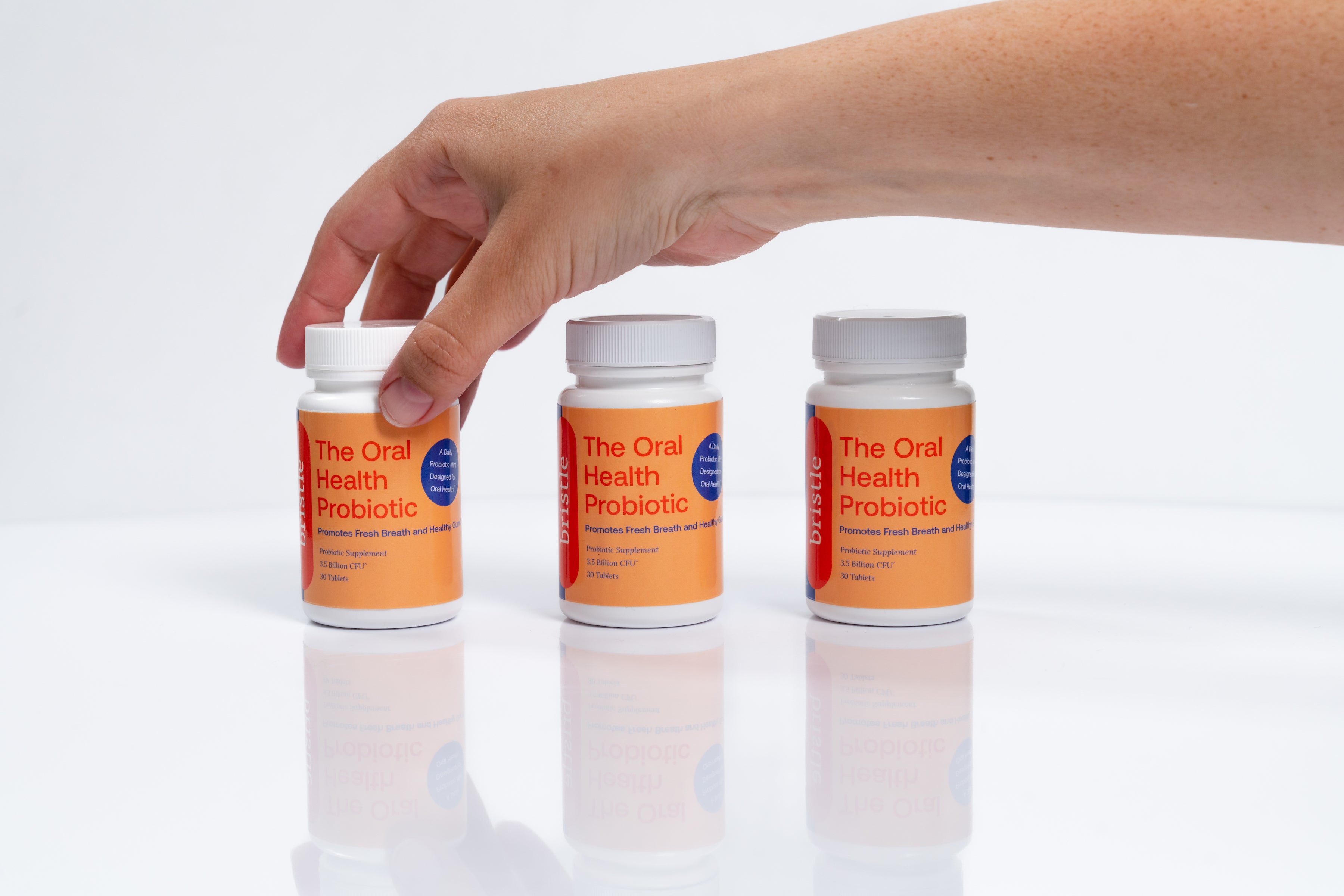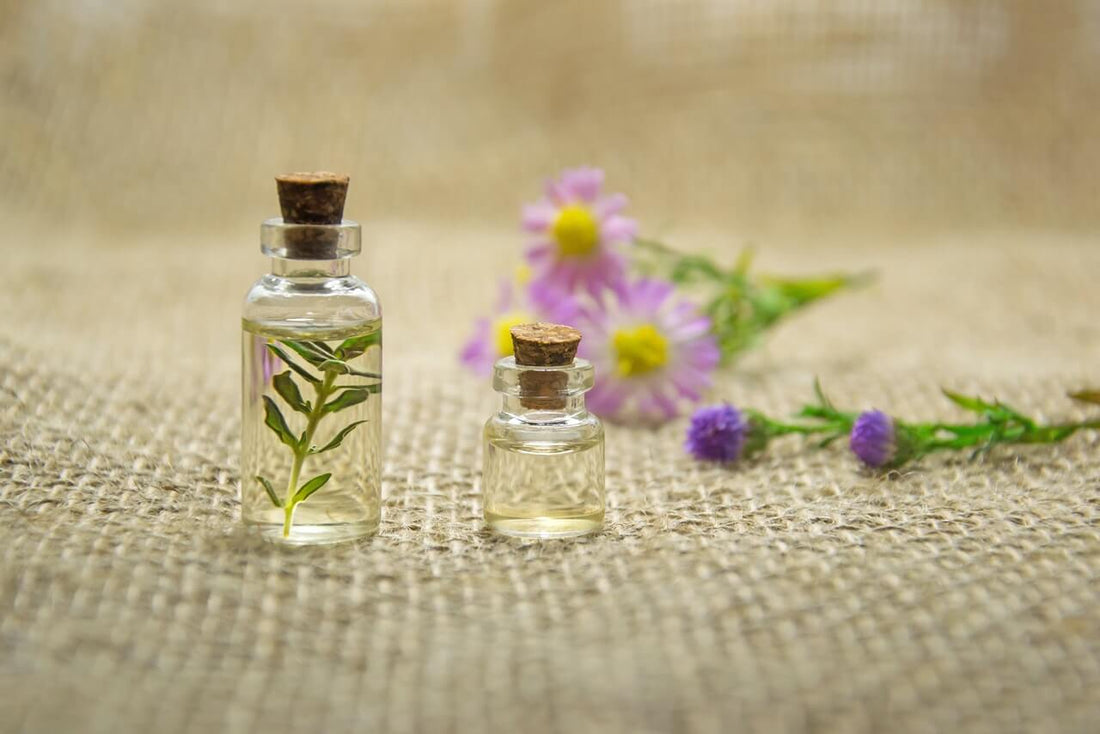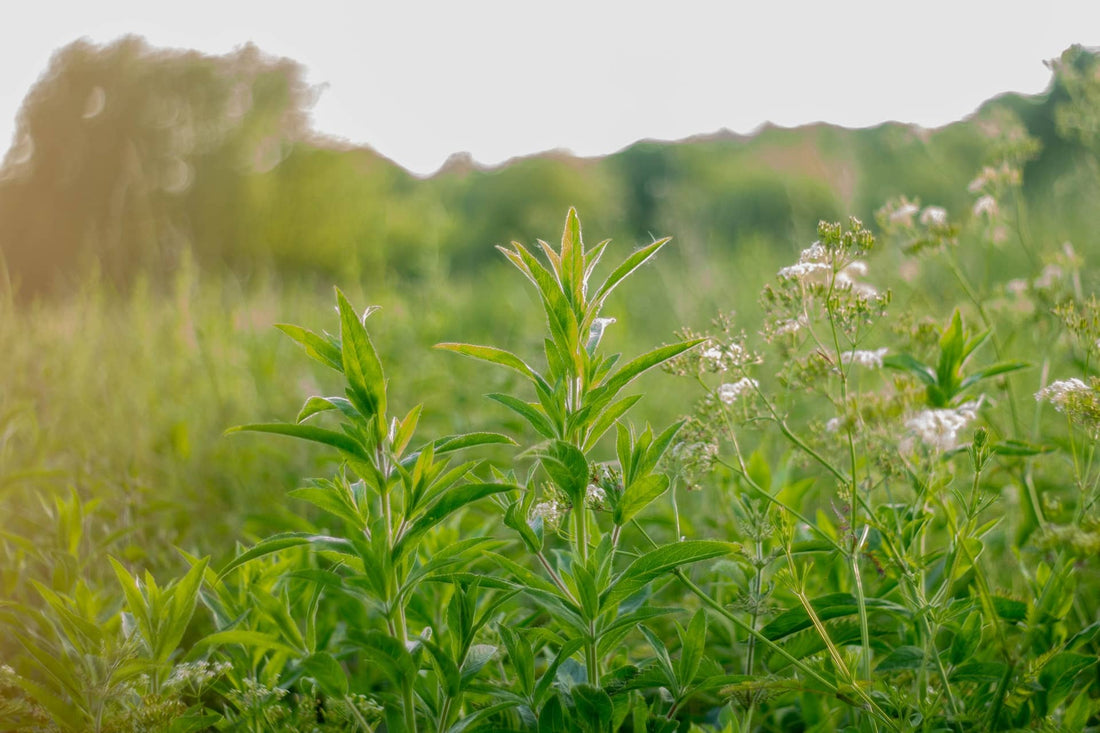You’re probably here because after weeks and weeks of trying everything under the sun, you’re still experiencing persistent bad breath. Unfortunately, bad breath isn’t a one-size-fits-all disease! There are many factors that contribute to bad breath, including the types of bacteria in your mouth. Depending on your oral microbiome, oral health products and hygiene tips may be useless, helpful, or even detrimental to your health, and bad breath.
The short of it is: bad breath is caused by different types of bacteria in their mouth. There are both beneficial (good) and harmful (bad) bacteria in the mouth that contribute to your risk of bad breath. This community of microbes is called the oral microbiome. Your oral microbiome is different from someone else’s oral microbiome, so the products and recommendations that work for them may not work for you.
Tongue scraping, flossing, and brushing can reduce the total abundance of microbes in the mouth, but these bacteria quickly replicate. A healthy oral microbiome harbors a high level of beneficial bacteria, which help to keep the harmful bacteria from rapidly returning to cause bad breath. Below are ways to permanently fix bad breath.
What causes bad breath?
Bad breath, or halitosis, is primarily caused by specific bacterial species in your mouth. These bacteria are members of a community of organisms that live in your mouth called the oral microbiome, which includes bacteria, fungi, viruses, and archaea. Studies so far show that 90+% of all cases of halitosis are intra-oral, meaning they come from within the mouth. Fewer than 10% of cases are extra-oral or considered pseudo-halitosis.
What causes chronic bad breath?
Many of the bacteria in your mouth are anaerobic, meaning they cannot survive in the presence of oxygen, and instead of oxygen, they use other elements like sulfur to create energy. Through anaerobic respiration, the process of generating energy without oxygen, these bacteria create smelly byproducts like hydrogen sulfide and propionic acid. Unfortunately for you, these bacteria may persist in the mouth even through regular hygiene like brushing, flossing, and mouthwash because none of these completely remove all the bacteria in the mouth, and these bacteria can rapidly replicate.
However, other non-smelly bacterial species in the oral microbiome may actually prevent those smelly bacteria from returning, these are known as commensal, or beneficial species. We cover more details about these commensal bacteria later. Most people have a good balance of these beneficial species, which keep the unhealthy ones at bay. However, people with chronic bad breath often lack these commensal species, which allows the harmful smelly ones to grow. This microbial imbalance is often referred to as dysbiosis.
You can think of the oral microbiome as a garden. In a healthy garden, we have dozens of different plants that fill all ecological niches, and maximize the use of nutrients in the soil so there’s no extra left-over. In an unhealthy garden, we remove one of those species of plants, and now there’s enough space and nutrients for another plant to take its place. Often what happens, is the most invasive species will then come in and wreak havoc, causing damage, and creating foul-smelling byproducts that ruin the garden. However, if there are enough defensive plants in the garden (commensal species) that create a root system that prevent these invasive species from growing, we can maintain a healthy garden, even if we lose a whole species.
How can I cure persistent bad breath?
Chronic bad breath is often incurable with mouthwash, gum, mints, brushing, and flossing. This is because of the rapid replication by smelly pathogenic bacterial species in the oral microbiome. Commensal bacteria can prevent these pathogenic species from growing so quickly, and depending on the status of your oral microbiome, the different commensal species.
Wipe the slate clean
Many times, the best way to cure chronic bad breath is to do a complete reset of the oral microbiome. Wipe the oral microbiome clean by using a series of antimicrobial mouthrinses, and replace the oral microbiome by implementing diet changes, and adding oral probiotics to your regimen. The exact diet changes and recommended oral probiotics are dependent on your oral microbiome, which is why we recommend an oral microbiome test first.
Get an oral microbiome test
The regimen that works for someone else might not work for you because your oral microbiomes are entirely different! That probiotic they recommend may contain bacterial species you already have in your mouth! Likewise, those pathogenic species in your mouth causing bad breath are not the same for you as for someone else. More data allows you to make more specific and directed decisions about how to permanently improve your health.
Stop using mouthwash so often
Mouthwash kills off both the commensal and bad breath causing bacteria in your mouth, which means that the commensal bacteria are consistently at low levels, and may not be able to prevent the bad ones from replicating so quickly.
Use a tongue scraper
Many of the bacterial species that cause chronic bad breath live on your tongue. Studies have shown a correlation between tongue coating and bad breath, tongue scraping will reduce the overall levels of bacteria in your mouth, which can be re-populated by beneficial species in a number of ways including diet changes, probiotics, and hygiene changes.
Eat a low-sulfur diet
Sulfur containing foods like garlic and onions can harbor metabolites like allicin, which rapidly breaks down into hydrogen sulfide that can cause bad breath. Additionally, cysteine, an amino acid, is metabolized by some of these anaerobic bacteria, creating hydrogen sulfide as a byproduct, and causing lasting bad breath. Some studies even suggest that hydrogen sulfide acts as a virulence factor for harmful pathogens that cause gum disease.
Chew more fibrous foods
Chewing tough foods has a profound effect on improving oral health. Chewing stimulates saliva, which contains antibodies and antimicrobial peptides that can reduce plaque. Chewing also physically removes bacteria from the teeth and gums. People from ancient civilizations used to chew on things like mastiche (tree sap) and nutsedge (a type of weed) to clean their teeth.
Up your flossing game
Lack of flossing is one of the most common reasons for the build-up of anaerobic smelly bacteria in the mouth. We recommend the use of string floss and waterflossing to really dislodge those difficult to reach biofilms. Pro-tip: waterflossing with oxygenating mouthrinses may further reduce those anaerobic bacterial levels. As an alternative, eat more fibrous foods that are
Add nitrate to your diet
Early studies have shown that nitrate supplementation can alter the oral microbiome by shifting it toward a state that may boost beneficial bacteria and reduce anaerobic pathogens. These studies are still preliminary, but may work for some people, especially those lacking beneficial commensal bacteria.
Use sugar-free lozenges to stimulate saliva
Saliva is a critical factor to oral health. It's no surprise that people that suffer from dry mouth often also have issues with bad breath, cavities, and gum disease. Saliva is a critical factor to maintaining a healthy oral microbiome.
